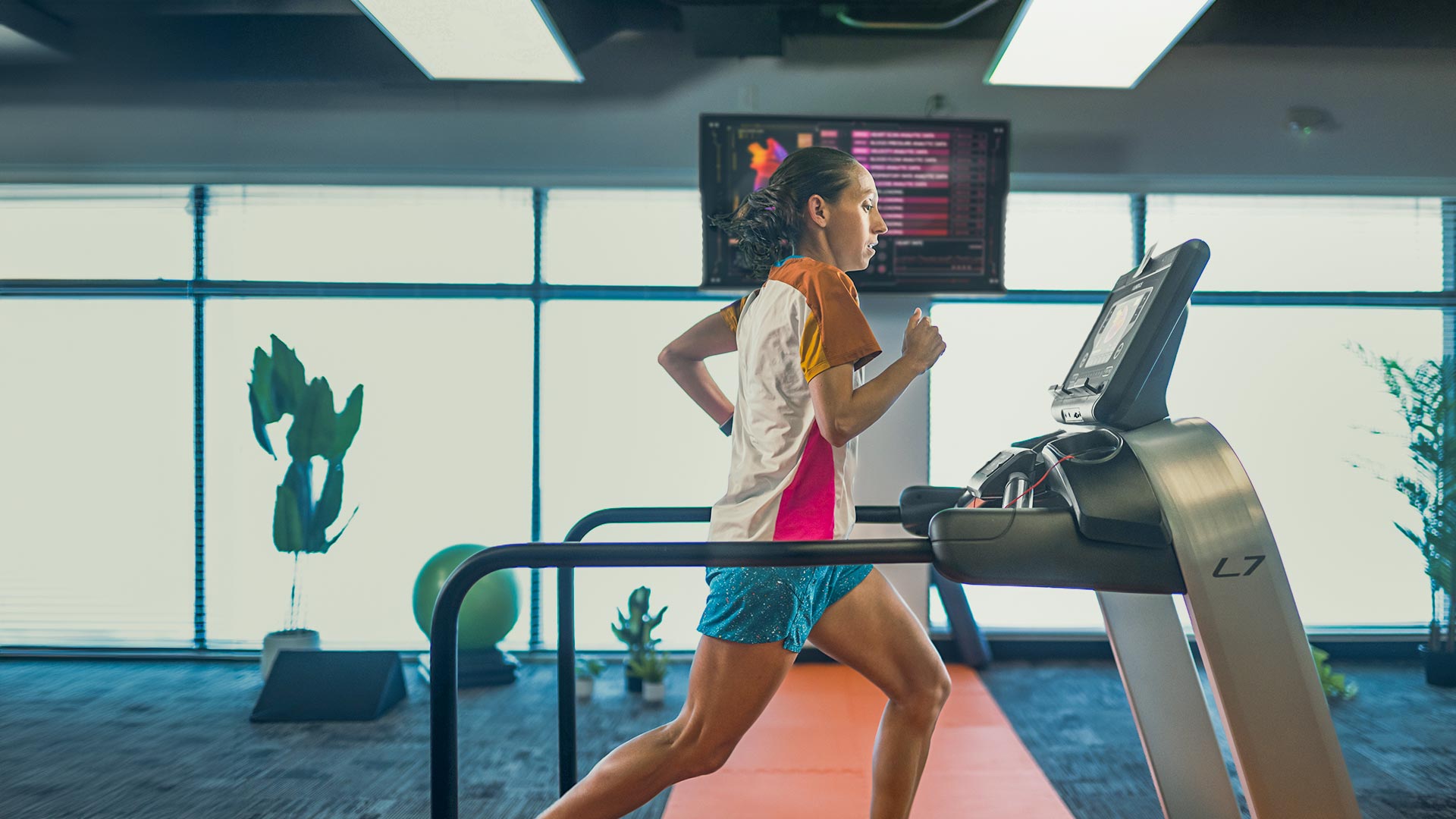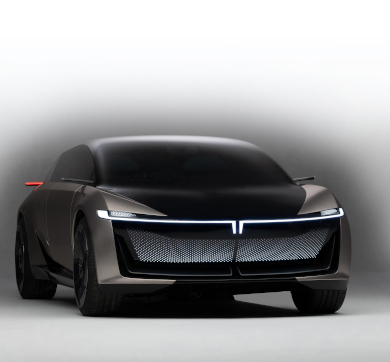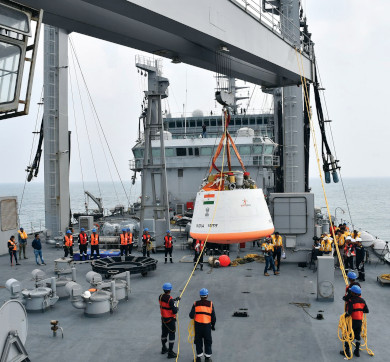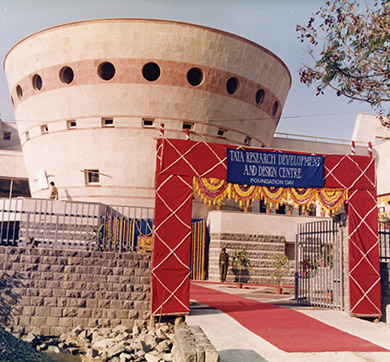May 2024 | 1413 words | 5-minute read
April 16, 2018. Amidst fierce headwinds, biting cold and heavy rain, Desiree (Des) Linden raised her gloved hands towards the sky as she broke the tape at the finish line — scripting what she now describes as “storybook stuff” — becoming the first American woman to win the Boston Marathon open division since 1985.
This iconic image of Ms Linden — whose motto is ‘keep showing up’ — would come to epitomise the resilience of a world-class endurance athlete. But what lies beneath this gritty determination? How does a heart withstand such levels of stress and high stakes and yet produce peak performance? What if you could accurately predict how an athlete’s heart will function through a real-time, virtual replica? Would this then transform the way athletes train and revolutionise the limits of their performance?
These are just some of the questions that Tata Consultancy Services (TCS) sought to address when it set out to create the first-ever digital heart — a virtual replica of the cardiac system — of a professional runner. In Ms Linden, two-time Olympian and Boston Marathon champion, TCS found the perfect fit. Through this partnership, TCS intends to demonstrate how AI-powered digital twin technology can revolutionise how athletes train and compete, by measuring and monitoring their hearts while they are functioning at the very limits of human performance, and offer data-driven insights to optimise performance.
Just like technology has the power to transform business, TCS firmly believes in the power of running to impact lives and communities. Committing to this belief, TCS continues to leverage its technological know-how to make marathons accessible the world over — never better illustrated than when Sharon Lokedi’s family in a Kenyan village got to witness her win her first marathon at the 2022 TCS New York City Marathon on the event’s TCS-powered app. More recently, the company is harnessing the predictive power of digital twin technology to offer unprecedented insights into runners’ physiologies, athletic performance and recovery, revolutionising their training paradigm.
TCS’ collaboration with Ms Linden is part of its larger endeavour to revolutionise cardiovascular science by creating highly accurate, personalised digital human heart models through its partnership with Dassault Systèmes and the Living Heart Project.
Tapping into its expertise in building bio digital twins of organs such as the skin, nose and colon came in handy for TCS. The company’s Digital BioTwin is a biophysics-based, high-fidelity computational model that helps researchers, physicians and surgeons investigate the functioning of a human organ remotely and non-invasively.
“By creating a digital twin of Des Linden’s heart, we are painting the art of the possible,” says Michelle Taylor, Global Head, Sports Sponsorships, TCS. “We are demonstrating how digital twin technology really applies to everybody and that the insights we gain could help all of us live longer and healthier lives. And that, eventually, we will all have digital twins of not just our hearts, but likely all of our organs.”
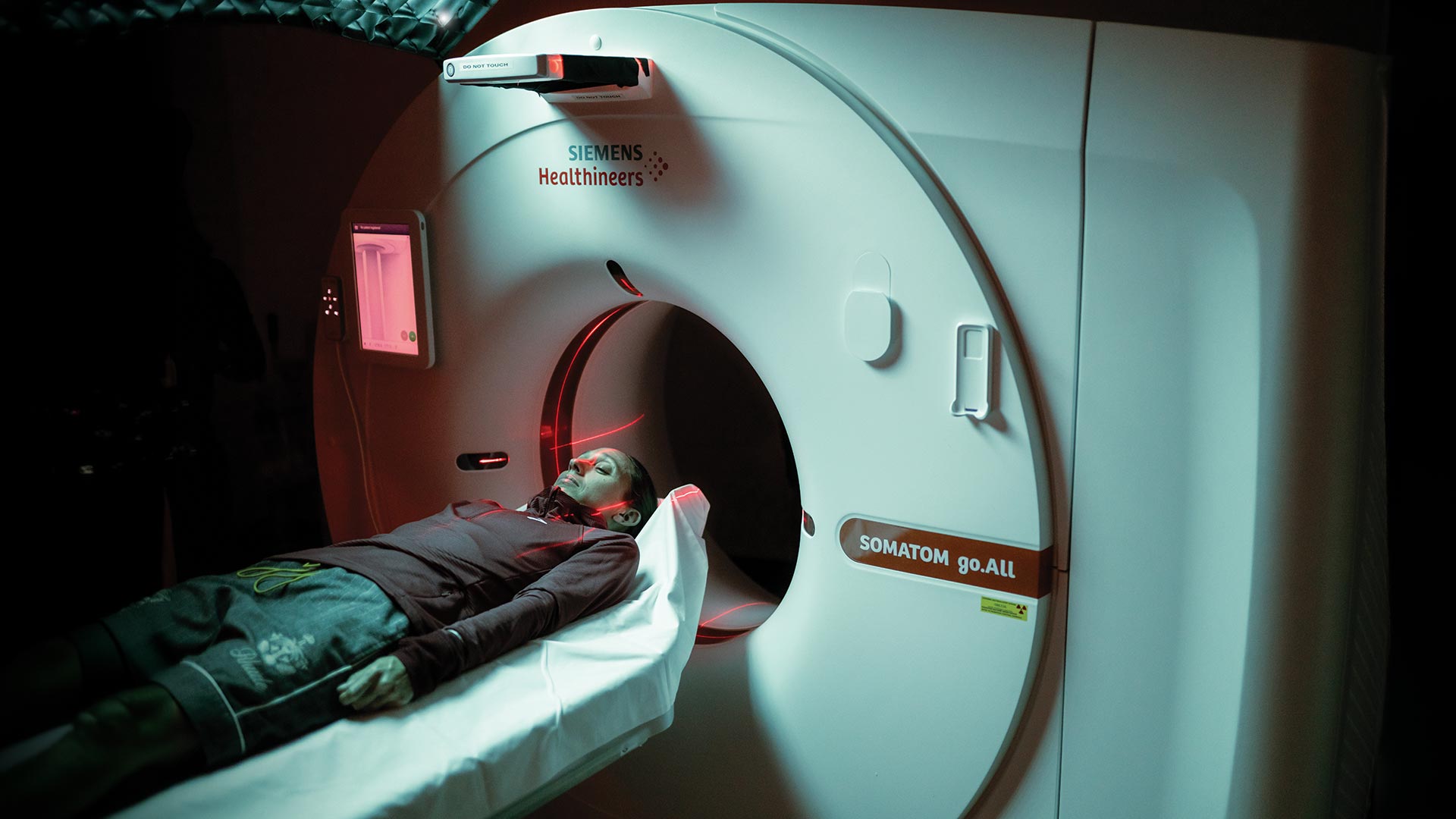
A heart for innovation
The process of creating a digital twin of Ms Linden’s heart began with an MRI scan for information on the structure of her heart. This data was paired with her training data, collected through wearables, along with data on her medical history, heart patterns, rhythms, and daily activities. All of this was used to create a fully functioning, digital replica of her heart.
A digital twin of Ms Linden’s heart was unveiled at the 2023 TCS New York City Marathon. It provided vital cardiac parameters such as stroke volume, cardiac output, left ventricle ejection time, diastolic filling time, and blood pressure. How does the heart muscle function? What happens if there is a small change in the heart rate? How does this reflect in the cardiac output? What is the stress experienced by the cardiac tissue when the heart rate changes from 60 to 90 beats per minute? These were some of the nuggets of information on display.
Rehearsing the future
Digital twins — virtual replicas of physical objects, processes or systems that are used to simulate, predict and improve real-world activities — will revolutionise homes, workplaces, communities, and even healthcare. Experts believe they will become commonplace across business and society by 2035. One of the most significant advantages of digital twins is their ability to use data to model future scenarios. “Digital twins will change how we live and work by 2035, with potential to make humanity healthier and more effective at everything we do. … When it comes to business, digital twin technology will act as a critical enabler for executives that need to rehearse the future,” says Frank Diana, Principal Futurist, TCS.
TCS’ Digital Twindex report, based on a study of scientists, futurists, and subject matter experts from across TCS’ networks, identifies real-time healthcare and efficient energy management as the two digital twin use cases that will most benefit human lives. The technology will enable smart cities of the future to lower energy costs, as well as provide individualised and seamless experiences in transportation, shopping and other elements of daily life.
Through the application of AI, machine learning and other analyses, the digital twin can run countless simulations to predict how Ms Linden’s heart will function in the real world in different training and race scenarios, such as an unfavourable course or weather conditions, lack of sleep or factoring in an extra rest day. For endurance athletes like Ms Linden — who turned 40 last year — the digital twin will provide an accelerating system to personalise their training regimen and push the boundaries of their performance without compromising on safety. All this without even having to lace up your trainers!
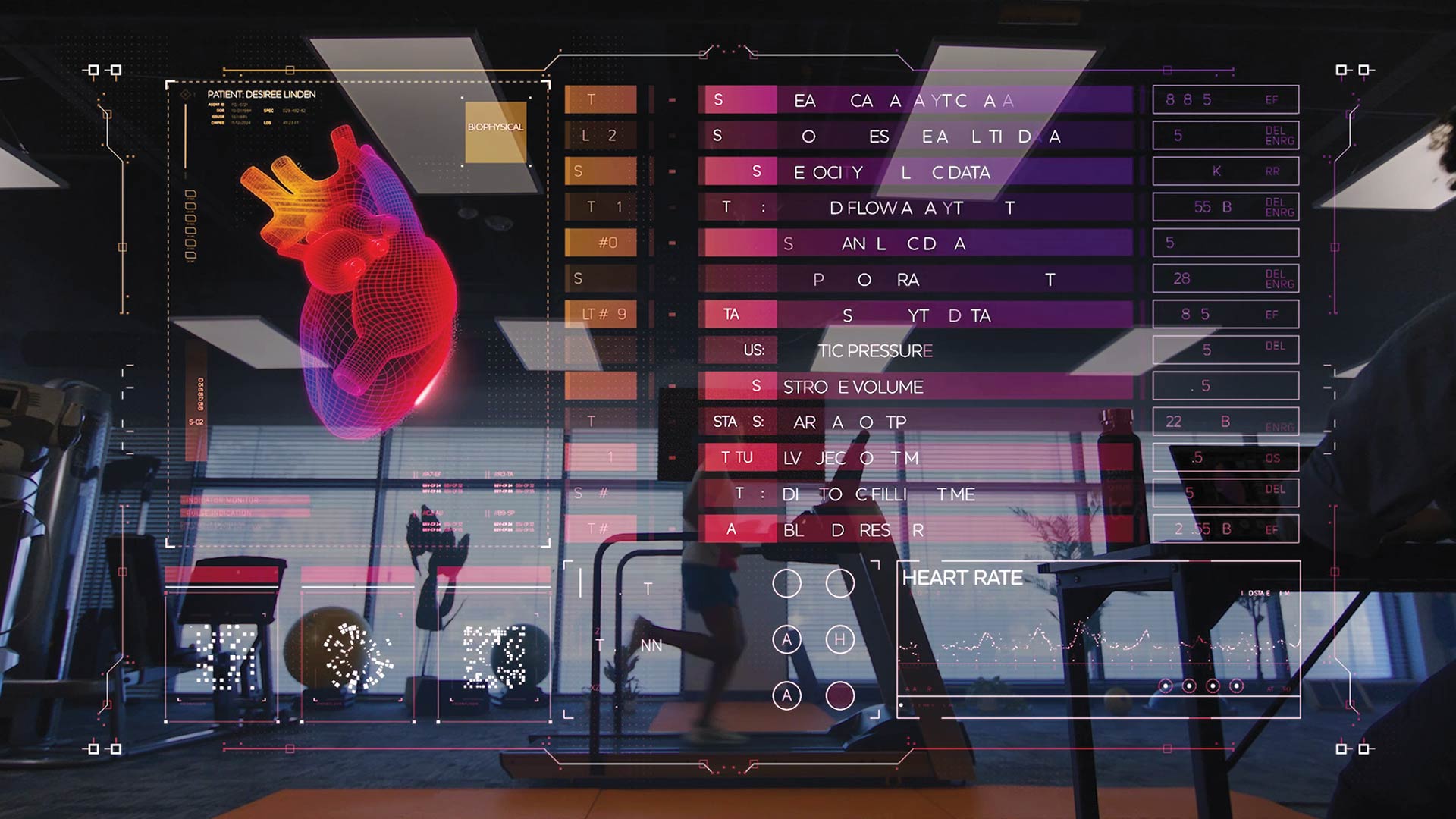
“This latest use of digital twin technology by TCS is about more than just helping an elite athlete or improving athletic performance,” says Haley Price, Head of Sports Sponsorships, North America, TCS. “It is really about TCS’ commitment to solving real-world problems through the innovative use of technology, particularly when it comes to devising personalised healthcare solutions.”
A world of endless possibilities
The use of a digital twin can transform the healthcare industry. In concert with wearable devices and sensors, it can gather and judiciously deploy patient data to perform real-time analyses, preventing the development or progression of medical conditions. A digital twin also renders possible dynamic simulations of a patient’s response to treatment, prescriptions and dosage effects, prior to their administration in the real world.
Armed with this knowledge, a physician can identify heart conditions, research new drugs, and test the effectiveness of various interventions, enabling precise, personalised treatment. Features such as a transparent view of the heart provide a visual representation of the hemodynamics or performance of the heart valves. A dissected view offers a picture of each component of the heart, which the physician can slice to determine tissue health and observe the pumping of the ventricles. Doctors can even print a 3D version of the heart to practise surgical procedures and techniques without the scalpel ever touching the patient’s body.
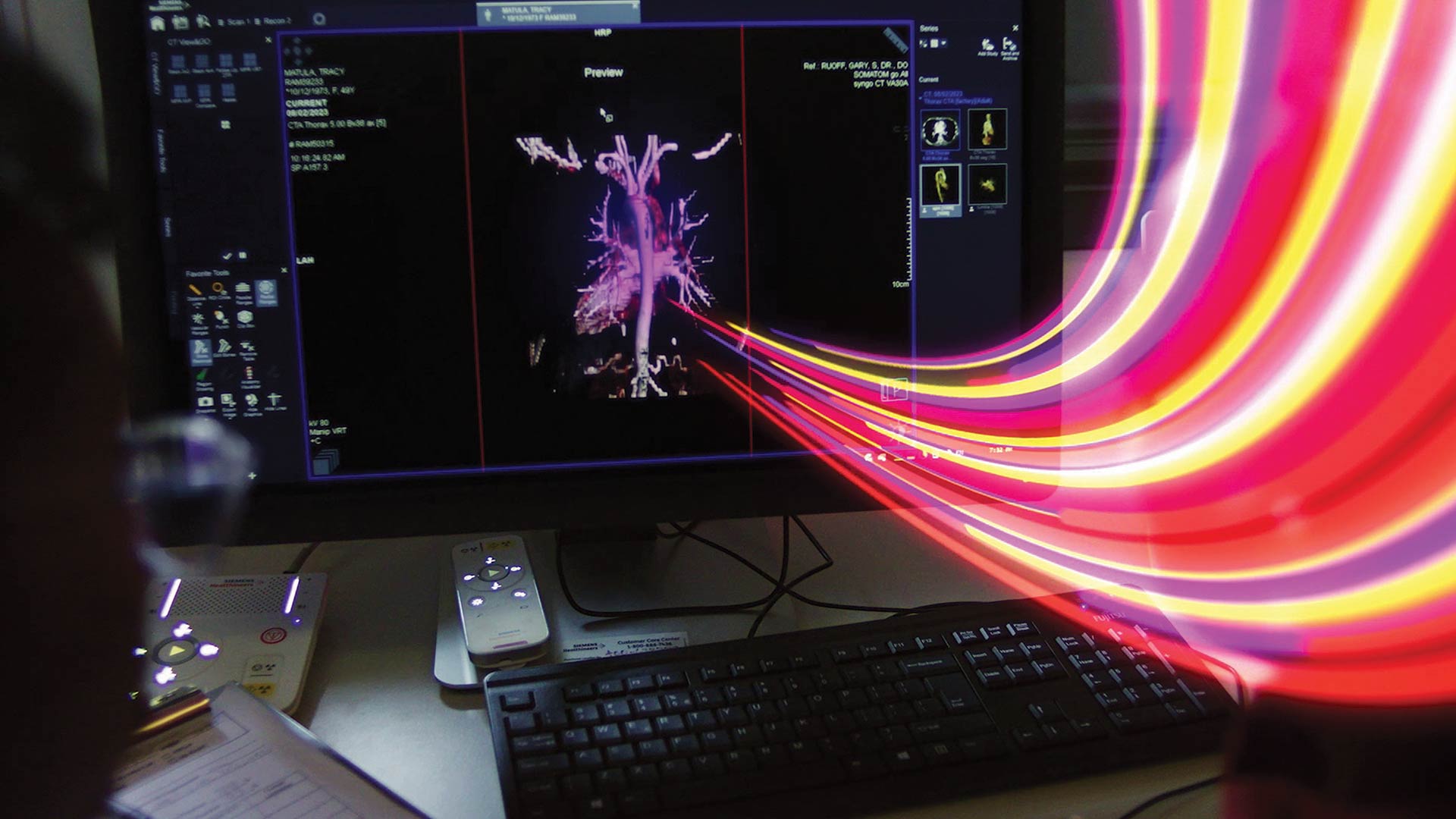
Driving business model innovation
TCS is leveraging its rich domain knowledge in IoT technologies, data science and engineering, along with its vast global consulting expertise, to develop comprehensive enterprise and industrial digital twin platforms and solutions. These platforms make industrial operations predictive, prescriptive and self-aware, and generate valuable insights by running advanced analytics on sensor-generated time-series data. Businesses can also run what-if analyses with entity twins to make better decisions. TCS’ customers are adopting digital twin technologies to realise several benefits, including reducing unplanned downtime through predictive maintenance and equipment health estimation; minimising time to build, market and scale; tracking product quality; enhancing revenue growth and improving customer experience.
All these solutions use AI and machine learning techniques to develop and experiment with digital models of real-world objects and can be deployed on cloud, in addition to on-premise hosting.
With the global digital twin market poised to reach $110.1 billion by 2028, according to MarketsandMarkets, a world in which a digital twin of the entire body offers insights into organ health, predicts the onset of diseases, and enables doctors to devise the most effective course of treatment may no longer belong to the realm of science fiction.
—Sharmistha Choudhury




